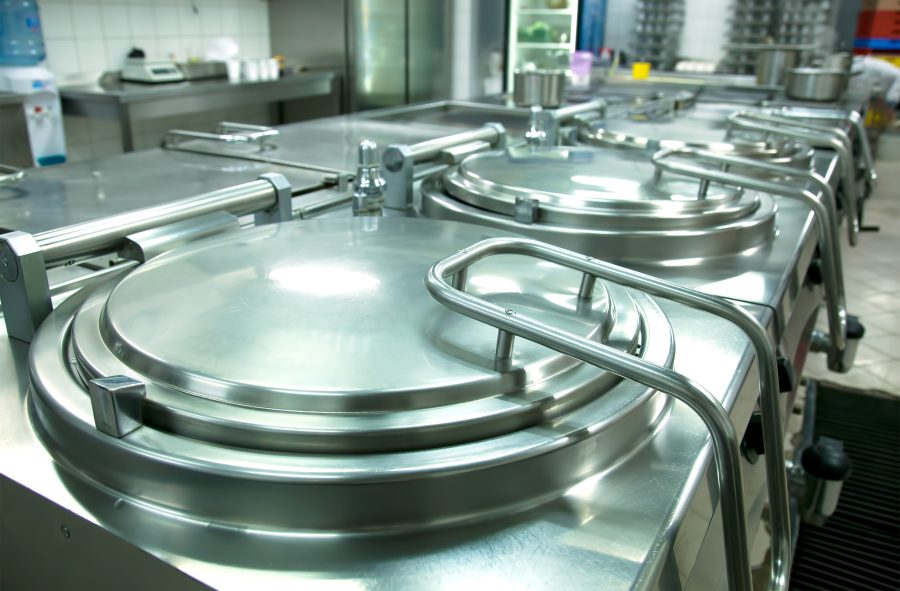How to choose the right oval manway for industrial tanks?
Selecting the right oval manway is essential for ensuring safe access, hygienic conditions and pressure integrity in industrial tanks. Whether you’re building a stainless steel vessel for food processing, chemicals or pharmaceuticals, manways must meet strict requirements for materials, seals and durability. Below we explain what to look for and how to make the best decision for your installation.
Match the manway size to your tank design
Oval manways come in several standard dimensions, each adapted to different types of tanks and user access needs. The most common sizes range from DN300 to DN500, with variations in opening width and cover design. When selecting a model, make sure the dimensions correspond to the available space in the tank wall and allow for comfortable entry or maintenance access. Oversized openings may reduce structural integrity, while undersized ones make service work more difficult. It’s also essential to consider internal obstructions, like mixers or baffles, that may affect placement.
Choose the right material and surface finish
Most oval manways are made from AISI 304 or AISI 316L stainless steel, offering high resistance to corrosion, cleaning chemicals and temperature variations. In food or pharmaceutical applications, 316L with a polished internal finish (Ra < 0.8 µm) is typically required for hygienic reasons. In less demanding environments, standard 304 may be sufficient. Be sure to verify the surface treatment – some models offer glass bead blasting, while others include mirror polish or electropolishing. Surface quality directly affects cleaning efficiency and product safety.
Consider pressure rating and gasket type
Not all manways are designed for pressure operation. If your tank works under pressure or vacuum, you need a model with certified pressure resistance – typically with a reinforced frame and high-quality clamp mechanism. Gaskets must match the medium and temperature range: EPDM, silicone, FKM (Viton) and PTFE are the most common materials. For CIP systems or aggressive media, PTFE or Viton gaskets offer better longevity. A mismatch in gasket type may result in leakage or accelerated wear.
Select the opening mechanism for your workflow
Oval manways are available in various opening configurations: inward-opening, outward-opening, and pressure-rated locking systems. For pressurized tanks, inward-opening models are often safer, as pressure helps seal the cover. In contrast, outward-opening manways offer quicker access for routine maintenance in non-pressurized vessels. Some covers feature swing bolts, others quick-release clamps. Choose based on how often the tank is opened and whether tool-free access is important in your process.
Check compliance with industry standards
To ensure long-term performance and smooth inspections, the manway should comply with EN 13445, PED or ASME standards, depending on the destination market. Manufacturers usually provide documentation such as 3.1 material certificates, ATEX declarations, or hygienic design certificates. Working with a specialized supplier helps reduce risks at the installation and audit stages. A wide selection of oval manways is available from manufacturers focused on stainless steel tank components, who also offer technical support and detailed datasheets.
Look for flexibility and customization options
If your project includes non-standard geometries or constraints, it’s worth checking whether the supplier offers custom oval manway production, including changes to the neck height, flange type or sealing method. In some cases, manufacturers provide laser-marked parts with serial numbers for better traceability. Mounting accessories, such as sight glasses, pressure relief valves or locking systems, may also be integrated. Choosing a supplier that offers configuration support helps you get the right part from the start.
Share It on :





